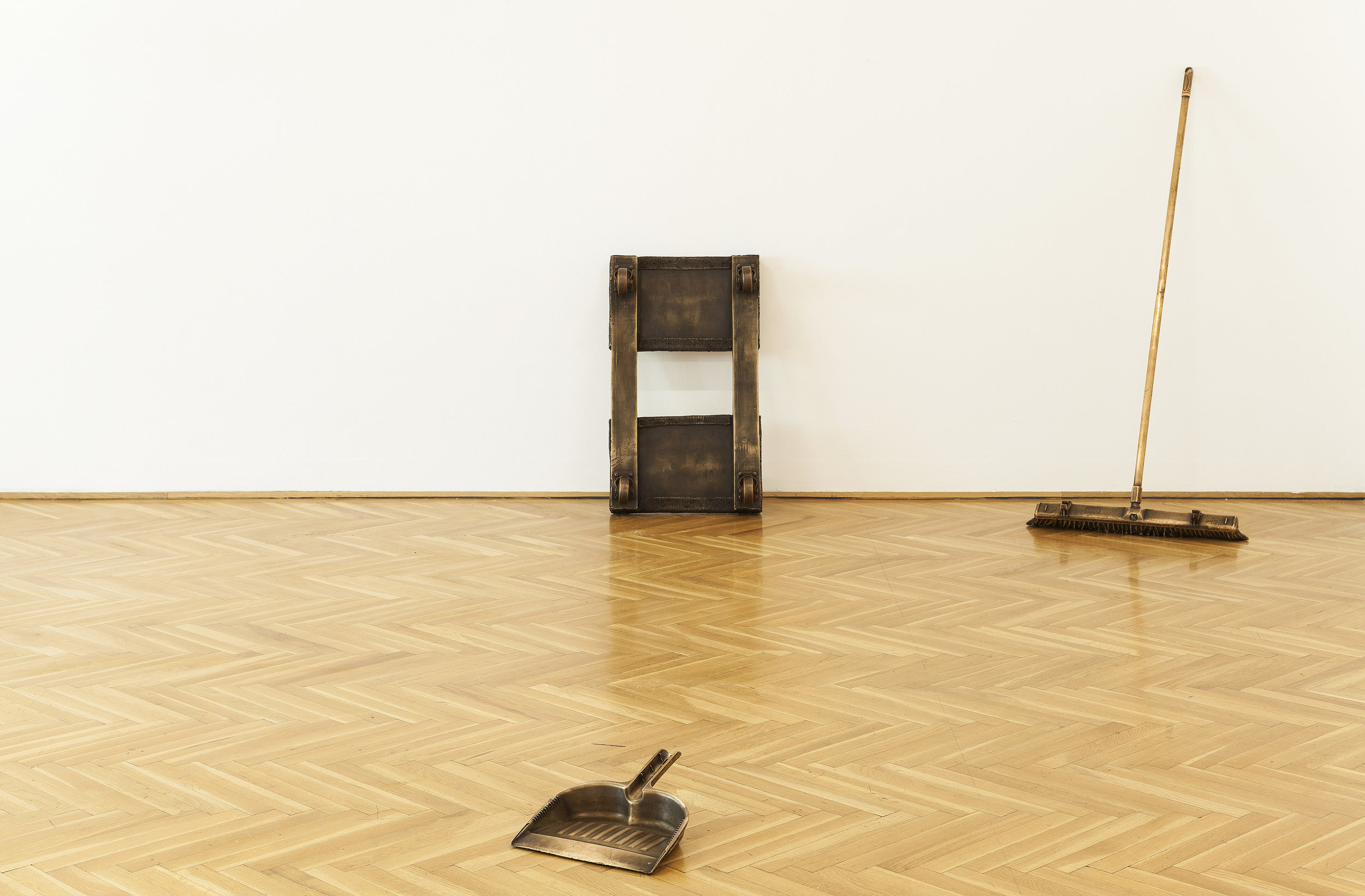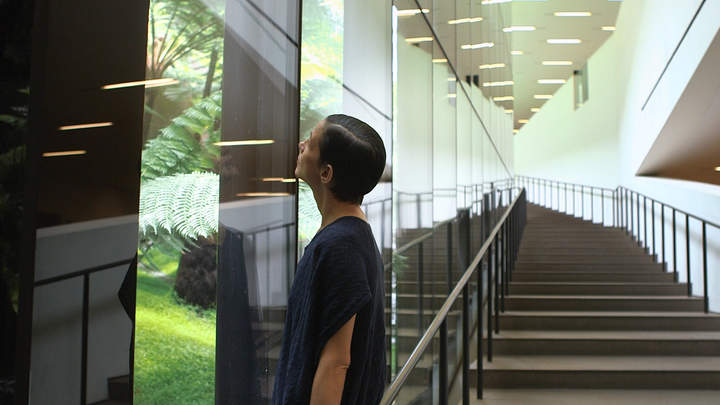Ana Prvački | Art in America | By Sarah Hotchkiss
Ana Prvački, ‘Nourishing Facade,’ 2019.
The de Young Museum in San Francisco accurately describes Ana Prvački’s Detour, a new commission developed in collaboration with Google Arts & Culture, as an “alternative” tour. I’d add a few other adjectives: decentralized, wide-ranging, irreverent, semi-private, and technologically advanced. Available through September 29, Detour is a series of videos meant to be viewed on one’s smartphone at nine specific points in the museum, offering Prvački’s take on the museum’s architecture, gardens, and the views its tower affords. Her videos are activated by the magic of Google Lens, an app most commonly advertised as a way to identify species of flowers and dogs through a smartphone camera. Though Prvački’s tour, as an artwork, is a refreshing and adventurous addition to the museum’s contemporary exhibitions, the requirement to view it through one’s phone via an app often felt like rigmarole invented for the sake of collaborating with a major tech company rather than the future of expanded art viewing.
What is Google Lens? Imagine the promises of Google Glass—an overlay of contextualizing information between your eyeballs and the world—but reined in and applied through the far more fashionable accessory of your already handy personal device. To activate Detour, you need only point your phone’s camera at the symbols found at each stop on the tour, let a dusting of white dots flitter across the screen until they coalesce into a very tappable circle, then tap that circle. This process launches a page with an embedded video and some accompanying information, such as a map of nearby spiritual centers, or the definition of a less well-known word from Prvački’s script. Not every artist equips you with the know-how to use “prelapsarian” in future conversations.



















